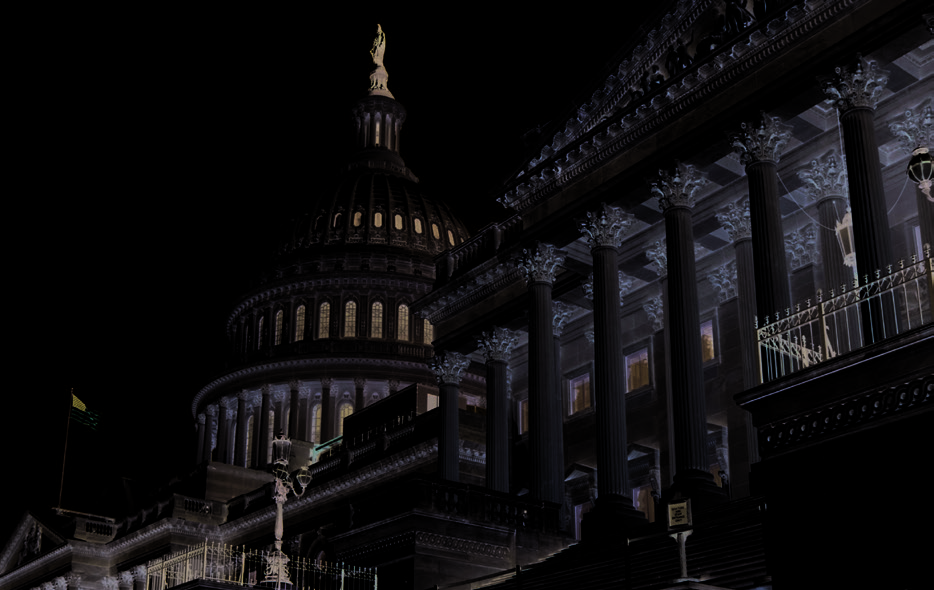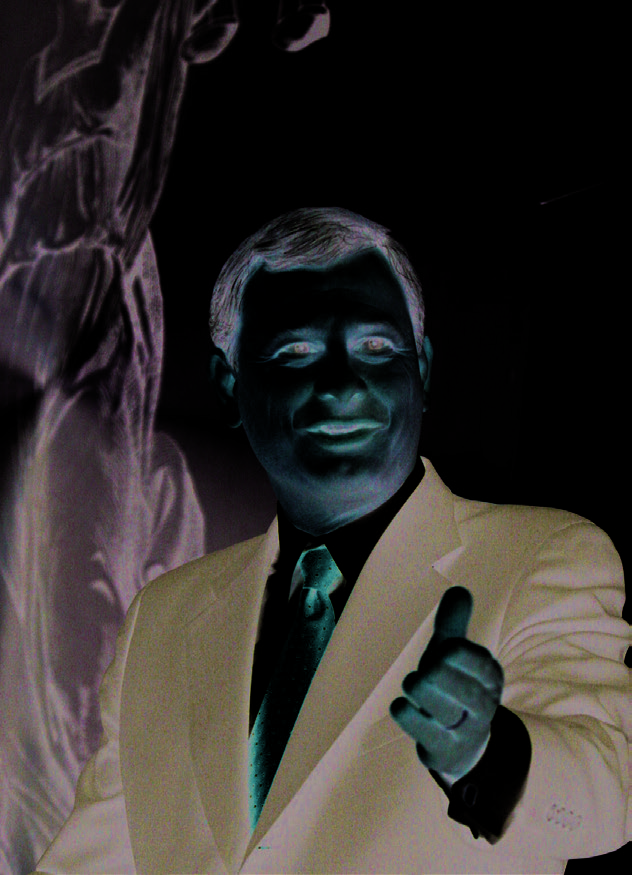INTRODUCTION
3
The U.S. Supreme Court: Fidelity to the Law
By Chief Justice John G. Roberts Jr.
The Constitution prescribes a central role for the Supreme Court in Supreme the U.S. system of government.
4
The Role of the Solicitor General
By Elena Kagan
An Associate Justice of the Supreme Court and former Solicitor Court
General describes the work of the Office of Solicitor General, the U.S. representative in all legal cases before the Supreme Court that involve the government.
Equal Justice Under the Law
THE JUSTICES, THEIR JUDGMENTS AND THE
5
WORKINGS OF THE COURT
Deciding “What the Law Is”
By David G. Savage
A Supreme Court journalist discusses the Constitutional basis of the court's authority and significant cases of the past and others awaiting review.
10
Influence and Independence: The Role of Politics in
Supreme Court Decisions
By Suzanna Sherry
A law professor and author outlines factors that might come into play in a legal opinion.
13
Justices Who Change: Justices, Judgments and the
Court’s Workings
By Linda Greenhouse
A journalist and lecturer gives examples of justices whose philosophies have evolved over time.
17
The Role of a Supreme Court Law Clerk: Interview With
Philippa Scarlett
A former Supreme Court law clerk describes the responsibilities of the job.
20
Working Behind the Scenes
Four Supreme Court officials describe their jobs.
23
THE COURT AND THE WORLD
Judges Coming Together: International Exchanges and
the U.S. Judiciary
By Mira Gur-Arie
The director of the International Judicial Relations Office of the Federal Judicial Center describes exchange programs available for judges from around the world.
THE JUDGES
26
The Justices of the U.S. Supreme Court
Biographies of the current and retired justices.
ADDITIONAL RESOURCES
32
Books, Articles, Websites on the U.S. Supreme Court
1

The U.S. Supreme Court is in the foreground, with the U.S. Capitol building towering behind.
©MedioImages/Photodisc
Foreword
The Washington building that best represents the rule of
schools unconstitutional, a landmark decision for the civil rights law in the United States is not the U.S. Capitol building, movement which invalidated the Plessy v. Ferguson (1896) where Congress makes the laws, but rather the Supreme Court decision that allowed discriminatory laws. More recently, the building one block to the east. For the first century and a half of Court upheld the Affordable Care Act of Congress proposed by its existence, the Supreme Court met at the Capitol, a guest of President Obama in its National Federation of Independent the legislative branch. In 1935, the Supreme Court moved to a Business v. Sebelius (2012) ruling. The case is discussed in building of its own, a move symbolic of the stature of the judiciary journalist David G. Savage’s article “Deciding ‘What the Law as an independent branch of the United States government.
Is.’” Despite controversy that may surround some decisions, the The U.S. federal government has three branches: the executive, Supreme Court’s role as guarantor of the rule of law is firmly represented by the president; the legislative, which includes enshrined in American life.
both houses of Congress; and the judicial, embodied in the This publication focuses on how the Supreme Court functions, Supreme Court. Each branch has the power to keep in check the illustrating the vital role the Court plays in the U.S. constitu-power of the other two. This system of “checks and balances”
tional system. It features an introduction by Chief Justice John ensures power sharing among the three.
G. Roberts Jr. and an article by Associate Justice Elena Kagan.
The historic decision that clarified the constitutionally separate Other contributors are legal scholars, journalists and court executive and judicial branches of the U.S. government was officials. They examine factors that determine court opinions Marbury v. Madison (1803). In that case, Chief Justice John and dissent, the role of politics and why justices may alter their Marshall established the Supreme Court’s judicial review of U.S.
views over time.
law as separate from the legislative and executive branches of Law clerks and Court officials help the justices discharge government. It meant the Court could rule on the constitutionality their duties. Former Supreme Court law clerk Philippa Scarlett, of laws.
now a practicing attorney, gives an insider’s view as she explains Subsequent decisions have further strengthened the role of the duties of the clerk. Four Court officials — the Court the Court while showing its ability to evolve. The Supreme clerk, the marshal, the reporter of decisions and the public Court thwarted President Franklin D. Roosevelt when it
information officer — describe their jobs, their backgrounds overturned early legislation that supported his 1930s New Deal and how they came to work for the Court. The Supreme
economic recovery effort, maintaining a decadeslong stance Court’s international outreach is described by Mira Gur-Arie.
that government regulation of commerce was unconstitutional.
Brief biographies of the nine sitting and three retired Supreme The Court later ruled in favor of New Deal measures as the Court justices, a bibliography and a guide to Internet resources Great Depression worsened. In Brown v. Board of Education complete this portrait of this essential American institution. 1
of Topeka (1954), the Supreme Court ruled segregation in The Editors
2
The U.S. Supreme Court: Equal Justice Under the Law
3








